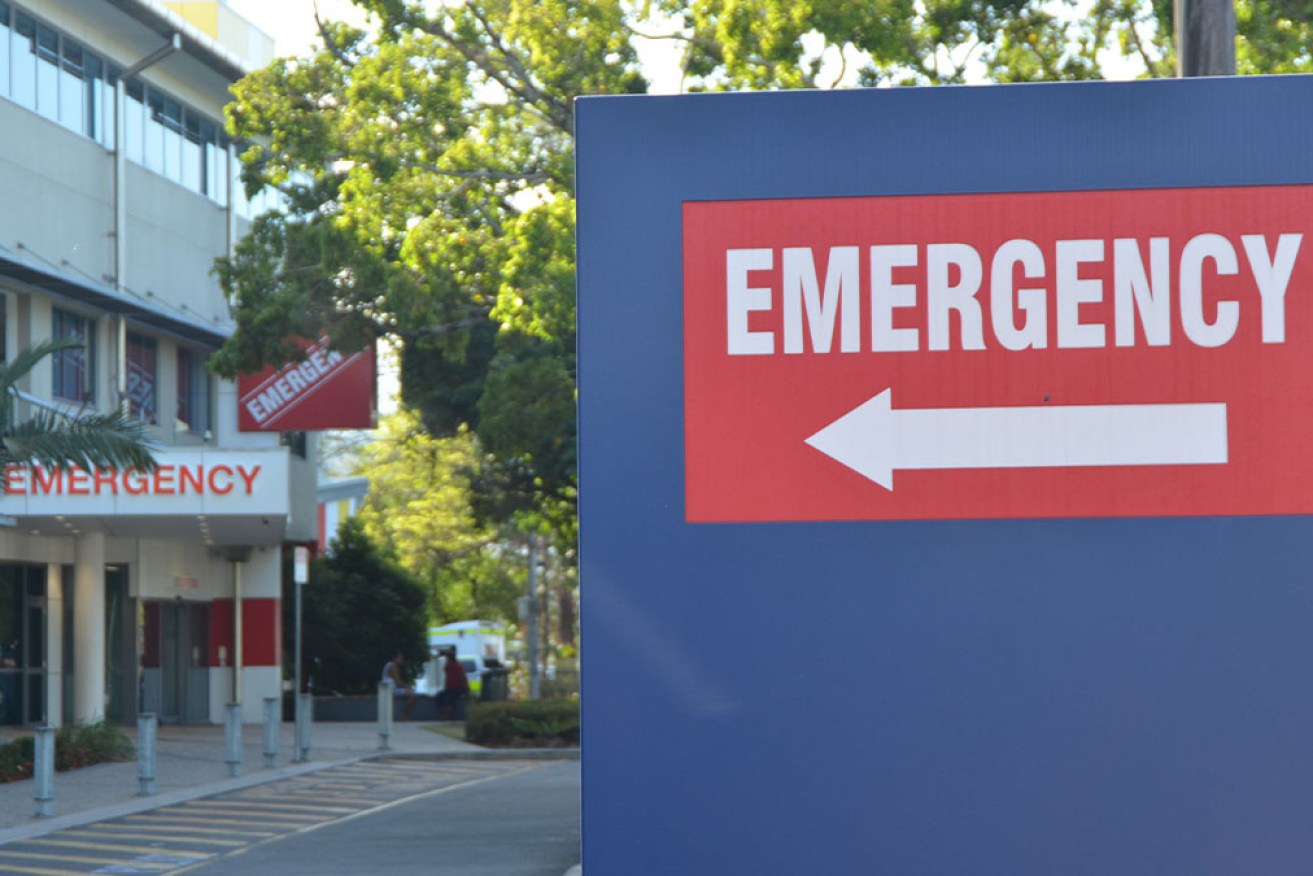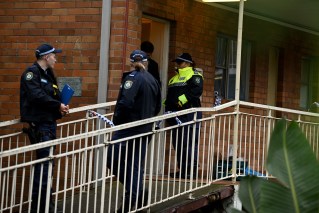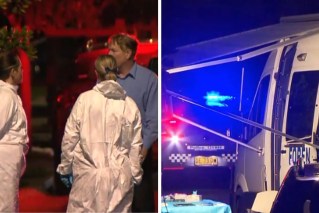Qld emergency departments falling short: Report

A union says Queensland police are spending up to five hours waiting with mental health patients. Photo: AAP
Patients are spending too much time in Queensland emergency departments and being ramped in the back of ambulances, a report says.
State Auditor-General Brendan Worrall’s report, tabled in parliament on Tuesday, found Queensland Health is failing to meet its own emergency department waiting time targets.
The government target is to keep emergency length of stay (ELOS) times – the period between entering an ED and being admitted or discharged – to four hours for 90 per cent of patients.
“Statewide ELOS performance for admitted and discharged patients has gradually declined, while the number of presentations has increased,” the report said.
Queensland Health has also failed to hit its target for patient off stretcher times (or POST) – the time it takes to transfer people from ambulance care to emergency departments – to 30 minutes for 90 per cent of patients.
POST performance had steadily fallen from 85.9 per cent in 2014/15 to 68.5 per cent between July 2020 and February 2021.
The auditor-general said only one of the state’s top 26 hospitals was hitting the department’s ELOS and POST targets.
“More people are arriving at EDs for treatment, and these presentations are becoming more complex,” the report said.
“This has put pressure on Queensland Health’s ability to improve ELOS and POST performance.
“While each year EDs continue to treat more patients within required time frames, their performance against these two measures has gradually declined and they are consistently unable to meet their targets.”
The auditor-general said despite trying to improve patient flows, Queensland Health’s strategy to do so hasn’t been properly evaluated and wasn’t understood by individual hospitals and health services.
Data from the Queensland Ambulance Service (QAS), which became part of Queensland Health in 2013, still hadn’t been integrated with the electronic medical record modules in hospitals.
Despite a 2014/15 report recommending that happen, Mr Worrall said it still hadn’t occurred.
“In 2021, controls still must be improved to ensure QAS and ED data is complete, accurate, and validated in a timely manner,” the report said.
“Queensland Health does not currently have an adequate and efficient approach for detecting and correcting data errors relating to a patient’s length of stay and time taken to be moved off an ambulance stretcher.”
The auditor-general said Queensland Health hadn’t stopped the risk of short-term treatment areas in EDs being used inappropriately and hadn’t worked out how to detect unauthorised data entries and changes.
Mr Worrall recommended the state government work to improve the accuracy of performance data being recorded by hospitals and health services.
He said the department should improve how POST is recorded and reported, including resuming real-time sharing of QAS data with EDs.
The report also recommended that the government should continue current initiatives to promote performance indicators and outcomes in all parts of hospitals affecting ED patient flows.
The government should also develop consistent guidelines for individual hospital and health services, Mr Worrall said, to measure improvements in ED patient flows before starting new initiatives.
The report recommends Queensland Health evaluates the effectiveness of its initiatives to improve ED performance.
-AAP








